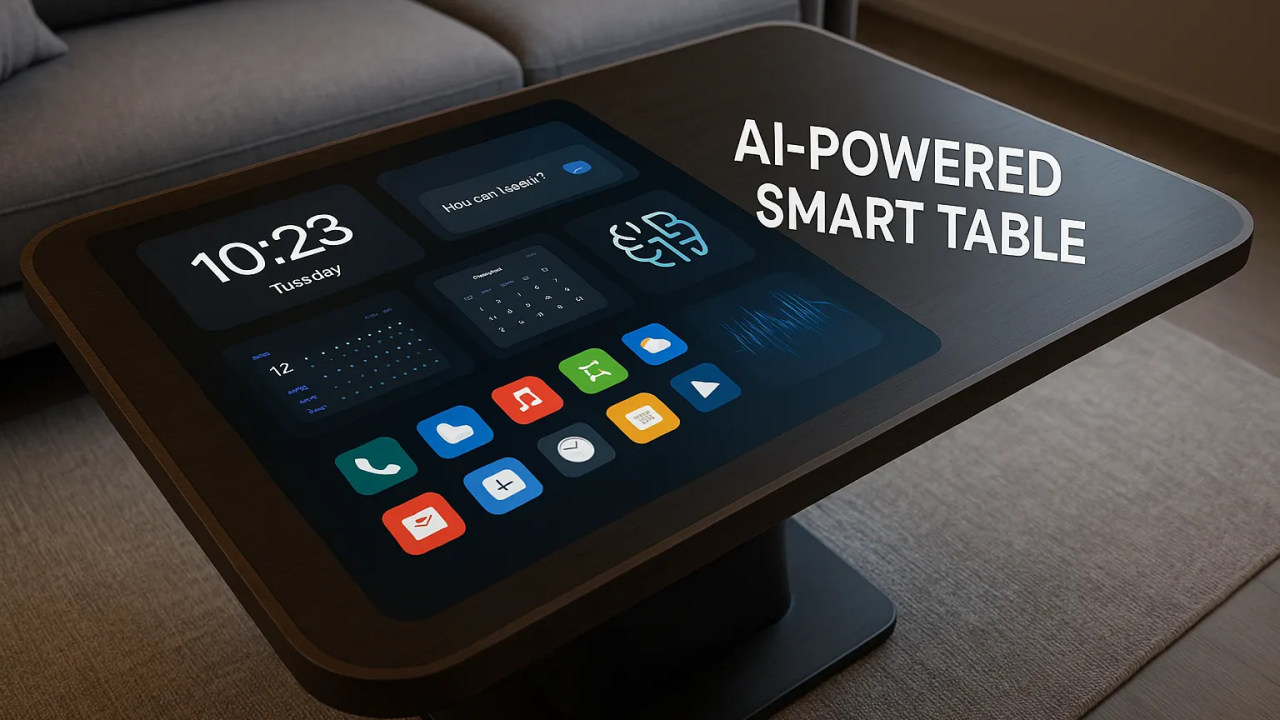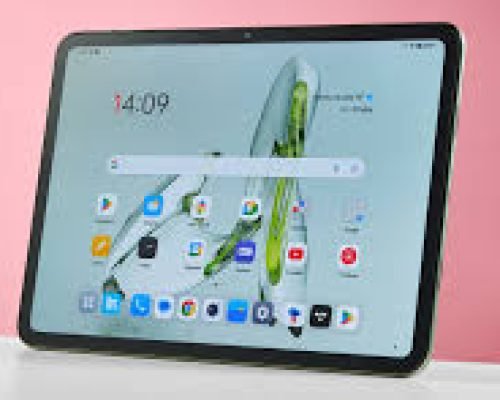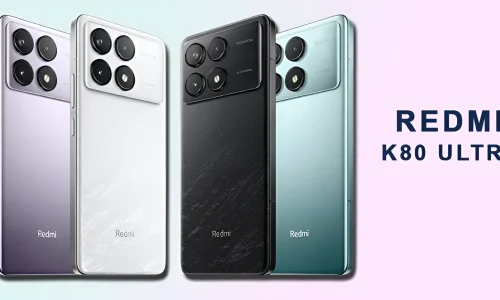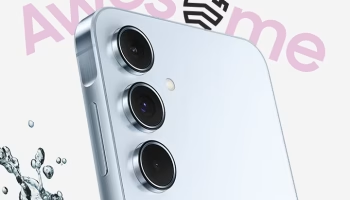The tablet industry has undergone a profound transformation over the last decade, but perhaps no change has been as impactful as the integration of Artificial Intelligence (AI). Today, AI-powered tablets are reshaping how we work, learn, and interact with our devices. By embedding intelligent features directly into the operating systems and processors, manufacturers are delivering unprecedented performance, personalization, and productivity.
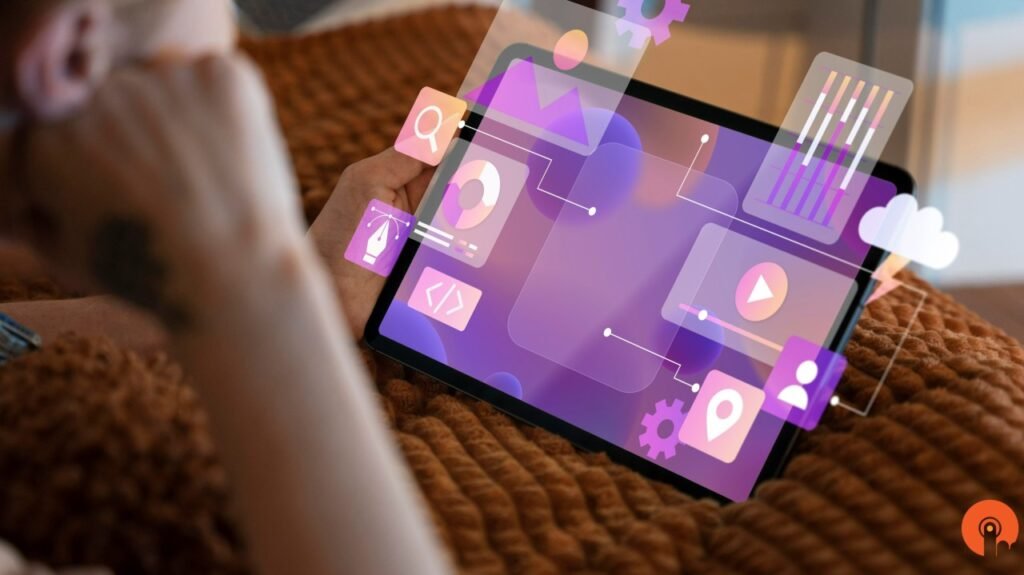
The Rise of AI in Tablets
Initially, tablets were seen as convenient consumption devices—great for watching videos, browsing the internet, or reading eBooks. However, with remote work, digital education, and mobile productivity becoming more essential, users now demand more from their devices. AI is stepping in to meet that demand by turning tablets into proactive tools rather than passive ones.
Major manufacturers like Apple, Samsung, Lenovo, and Microsoft are leveraging AI to power new capabilities in their tablets. From Apple’s M-series chips with integrated neural engines to Samsung’s Galaxy Tab AI features, the focus has shifted toward enhancing user interaction through smarter software and hardware synergy.
Smarter User Interfaces
One of the most apparent benefits of AI integration is how it improves the user interface. Tablets now come with adaptive UI elements that respond to user behavior. For example, predictive app launching learns which apps a user opens at certain times of the day and offers quick access. AI also enhances voice assistants like Siri, Bixby, and Google Assistant to provide more context-aware, conversational responses.
In the background, AI helps manage system resources more efficiently. It can intelligently adjust screen brightness, close background apps to save battery, and even suggest settings to optimize performance—all based on learned usage patterns.
Enhanced Productivity Features
AI-powered productivity features are a game-changer for professionals and students. Handwriting recognition has become more accurate, thanks to machine learning models that adapt to different writing styles. Applications like Microsoft OneNote and Samsung Notes use AI to convert handwriting to text in real time, making it easier to digitize and share notes.
Voice recognition and transcription are also significantly improved. Apps can now transcribe meetings and lectures with remarkable accuracy, even distinguishing between multiple speakers. This makes AI-powered tablets invaluable tools in both classrooms and boardrooms.
In creative workflows, AI assists in tasks like image editing, background removal, and smart cropping. Some tablets are equipped with AI-based stylus input, where the device predicts strokes and provides haptic feedback to simulate the feel of different writing surfaces or brushes.
Accessibility and Personalization
Beyond productivity, AI greatly enhances accessibility. Tablets can now adapt their interfaces for users with visual or hearing impairments. Text-to-speech, speech-to-text, and gesture recognition are more accurate and context-aware, allowing a broader range of users to engage with the technology effectively.
Personalization also sees a significant boost. AI algorithms learn from your habits to suggest content, news, or productivity tips. Whether it’s prioritizing notifications, organizing your calendar, or recommending wellness breaks, the tablet becomes a personal assistant attuned to your lifestyle.
The Future Ahead
Looking forward, the role of AI in tablets will only deepen. Future models are expected to come with dedicated AI chips capable of handling complex computations locally, reducing the need for cloud processing. This not only enhances performance but also addresses privacy concerns.
We’re also seeing early signs of cross-device intelligence, where tablets communicate with smartphones, smartwatches, and laptops to create a seamless ecosystem. AI will be the glue that binds this ecosystem together, ensuring devices understand and anticipate user needs no matter which screen they’re using.
Conclusion
AI-powered tablets are more than just tech upgrades—they are redefining what a tablet can be. As AI continues to evolve, tablets are set to become even more intuitive, personalized, and capable of handling complex tasks. For professionals, students, creatives, and casual users alike, the AI-driven tablet revolution is just beginning, promising a future where our devices don’t just respond—they think.
